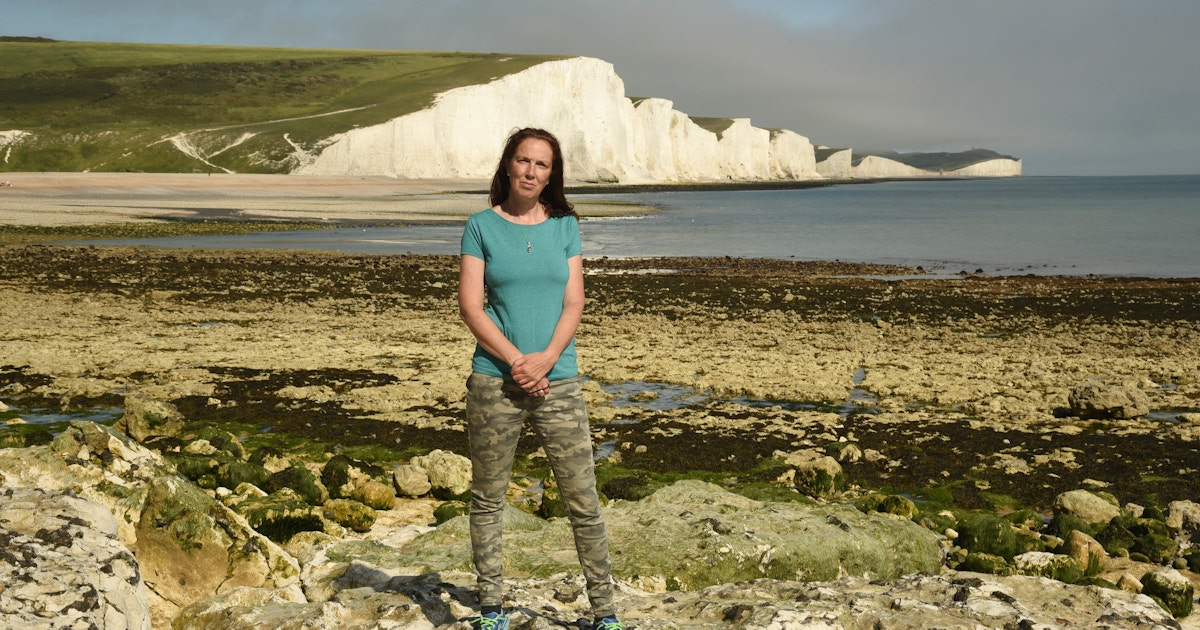‘Out of sight, out of mind’. It’s a phrase which keeps coming up when people talk about the vast, rich beds of kelp that once lay along the Sussex shoreline. By their very nature, they’re largely invisible, just offshore, beneath the waves. As Sussex Wildlife Trust’s Henri Brocklebank (pictured above) puts it: “Many people weren’t even aware that the kelp was there — even when, suddenly, it wasn’t.”
Invisible, perhaps, but incredibly valuable. When kelp washes up on the beaches, it’s a limp, brown splodge. At home on the seabed, it’s a different story: a rich, waving array of plants, sometimes described as a ‘marine forest’ whose canopy is at the heart of one of the richest, most productive ecosystems in Britain, on or offshore. Kelp forests provide food and shelter for numerous fish, mammals and birds. A single plant can support a whole host of marine creatures.


